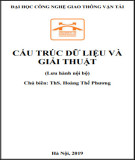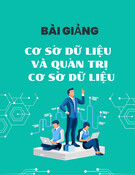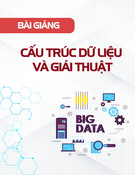
Lecture No.42
Data Structures
Dr. Sohail Aslam

Example Hash Functions
If the keys are integers then key%T is
generally a good hash function, unless the
data has some undesirable features.
For example, if T = 10 and all keys end in
zeros, then key%T = 0 for all keys.
In general, to avoid situations like this, T
should be a prime number.

Collision
Suppose our hash function gave us
the following values:
•hash("apple") = 5
hash("watermelon") = 3
hash("grapes") = 8
hash("cantaloupe") = 7
hash("kiwi") = 0
hash("strawberry") = 9
hash("mango") = 6
hash("banana") = 2
kiwi
banana
watermelon
apple
mango
cantaloupe
grapes
strawberry
0
1
2
3
4
5
6
7
8
9
• Now what?
hash("honeydew") = 6

Collision
When two values hash to the same array
location, this is called a collision
Collisions are normally treated as “first
come, first served”—the first value that
hashes to the location gets it
We have to find something to do with the
second and subsequent values that hash to
this same location.

Solution for Handling collisions
Solution #1: Search from there for an empty
location
•Can stop searching when we find the
value or an empty location.
•Search must be wrap-around at the end.



















![Bài giảng Phân tích thiết kế hệ thống [Mới nhất]](https://cdn.tailieu.vn/images/document/thumbnail/2025/20250811/vijiraiya/135x160/642_bai-giang-phan-tich-thiet-ke-he-thong.jpg)






